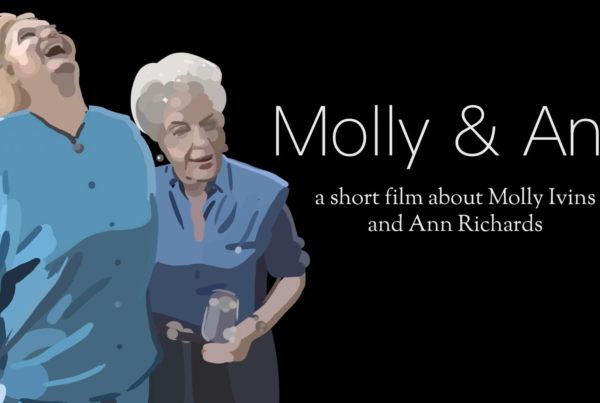Last Monday, a piece of news broke that would have seemed impossible 100 years ago. Sears, once America’s dominant retailer, filed for chapter 11 bankruptcy thanks to declining revenue and massive debts. The Sears-Roebuck catalog was long a staple of American coffee tables – there wasn’t much you couldn’t get from it. And that includes your very own home.
There are certain items you expect to find in a mail-order catalog: sewing machines, for example, or watches or bath towels.
You don’t expect to find a house. But that didn’t stop Richard Warren Sears and Alvah Roebuck, co-founders of the Sears-Roebuck company.
Rosemary Thornton is an expert in Sears kit houses.
“The only reason that Sears got into this was he knew it was a way to sell more of the stuff in his 100,000-item, 1,400-page catalog. He actually would put dotted lines into the floor plan shown in the catalog and say ‘space for davenport,’ ‘space for phonograph,’” Thornton says.
Sears sold them from 1908 to 1940. They were called kit houses because they came with all the lumber and hardware you’d need to assemble them, plus instructions on how to put it together – like a giant lego set. Each year’s catalog offered dozens of different models, all the way from the Natoma, a simple three-room model for $191, to the Magnolia.
“I think it was $5,849 at 2,900 square feet, four bedrooms, two-and-a-half baths plus servants’ quarters,” Thornton says.
It’s unknown exactly how many Sears kit homes were sold or are still standing – there’s no official list. The midwest is a real hotbed for them, but Thornton said she’s found a handful in Texas, and there surely many more that have been “undiscovered,” so to speak.
“Kit homes are like roaches. If you find two, there’s another 20 hiding somewhere,” Thornton says.
The main benefit was price. They weren’t cheap per se, but certainly less expensive than a pre-built home. And remember, this is the early 20th century. If you were someone who might have trouble buying a house through conventional means, a kit home was a viable alternative.
“Overwhelmingly it was single women, men and women of color and immigrants fresh to the country,” Thornton says. “Lenders would look at demographics of a neighborhood and if you were a certain “type,” you were not going to get a mortgage, period.”
Which made Sears’ mail-order home business pretty radical housing policy for the day. It didn’t last though – the business started losing money in the ‘30s, and indoor plumbing and electricity made homebuilding more complicated. By 1940, Sears was out of the kit house business. But Thornton thanks that most of the Sears homes that were built are still around. The reason is a cliché, but it’s one that applies here: they just don’t make ‘em like they used to.
“The quality of building materials in Sears homes far surpasses most stuff even of the day and cert the things that are built today,” Thornton says. “When Sears was milling the lumber for these houses it was coming out of first-growth forest, first-growth virgin forest. The end result is you end up with wood that is denser than today’s so-called hardwoods.”
That quality is evident in Will and Patti Moore’s kit house in Georgetown, just north of Austin. They live in an Avondale model built in 1914. It’s a green, one-story bungalow, with a shady porch next to a big bay window out front. They originally bought it with the intent to flip it, but the house grew on them as they fixed it up, and they decided to move in instead.
“This house, structurally, there’s nothing that compares to it that they build nowadays,” Will Moore says. “In our vernacular the word kit denotes a not very solid thing, if something was a kit. And that can’t be applied to Sears kit homes,” Patty Moore says.
The house has a wide-open feel when you step inside, with windows everywhere and the living room and dining room separated by dark wood columns. It’s gone through some changes over the years – many interior coats of paint, wall-to-wall shag carpeting, the addition of another bathroom and a laundry room. But the Moores have made sure that from the curb, it looks like it did back in 1914. They even got the seal of approval from some of the home’s former tenants.
“There was a guy born in the house, in that front room. And in 2006 when we bought the house he was still alive, and he came to visit us,” Will says. “It was pretty emotional for him, we were sitting at the table over there and we did walk through but his sister came and kinda, well she kinda gave her blessing,” Patty says.
















